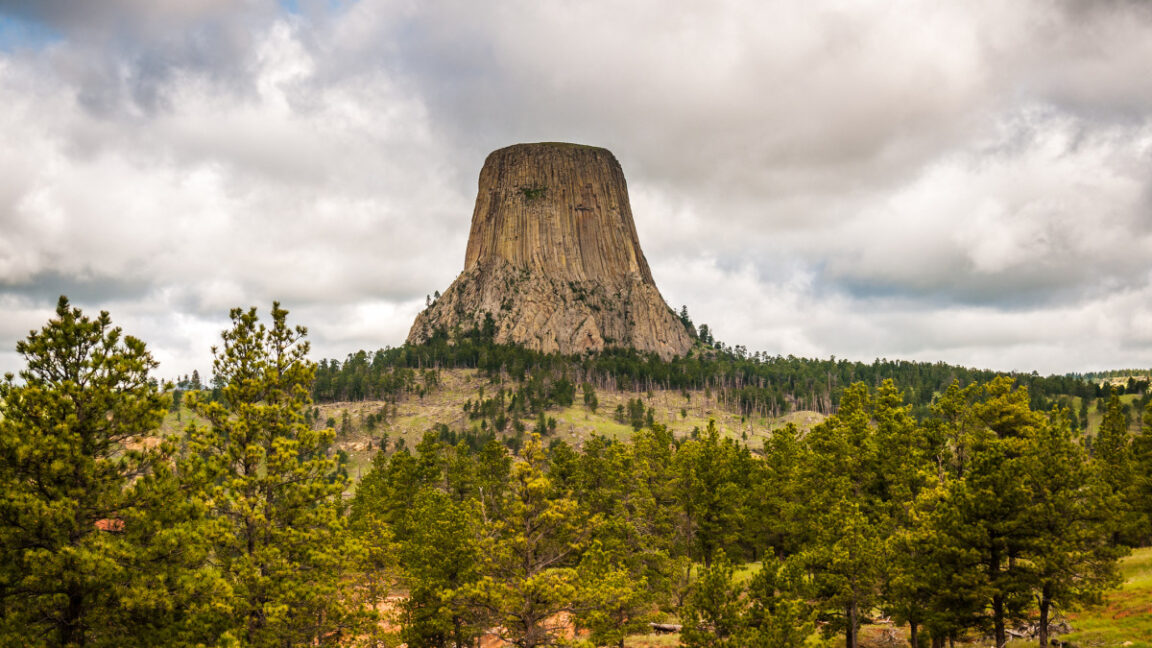AI in Wyoming May Soon Use More Electricity Than Human Residents

On Monday, Mayor Patrick Collins of Cheyenne, Wyoming, unveiled plans for an AI data center that is set to consume more electricity than all the homes in the state combined. As reported by The Associated Press, this ambitious facility is a joint venture between energy infrastructure company Tallgrass and AI data center developer Crusoe. The project will commence with a 1.8 gigawatt capacity, aiming to scale up to 10 gigawatts.
For a state like Wyoming, the least populous in the US, the energy demands are staggering. The initial phase of 1.8 gigawatts, which translates to 15.8 terawatt-hours (TWh) annually, is over five times the electricity used by all households in the state. This accounts for approximately 91 percent of the 17.3 TWh currently consumed by Wyoming's residential, commercial, and industrial sectors combined. If the data center reaches its full capacity of 10 gigawatts, it would consume an astounding 87.6 TWh annually—double the entire state’s current electricity generation of 43.2 TWh.
To address the enormous power requirements, the project plans to rely on a combination of dedicated gas generation and renewable energy sources, sidelining the public grid. Despite producing excess power now, Wyoming exports nearly 60 percent of its generated electricity to other states, indicating a major shift if the project goes ahead.
Governor Mark Gordon has expressed a positive outlook on the project, underscoring its potential benefits for Wyoming's natural gas industry. He stated, "This is exciting news for Wyoming and for Wyoming natural gas producers." The new data center is proposed to be located several miles south of Cheyenne, near the Colorado border on US Route 85. Though approval from state and local regulators is pending, Mayor Collins is optimistic about an early start, saying, "I believe their plans are to go sooner rather than later."
Wyoming’s Data Center Boom
Cheyenne has a history of attracting data centers, having hosted facilities from Microsoft and Meta since 2012, largely due to its favorable climate and energy access. Nevertheless, this new endeavor marks a significant leap for the state. Although Wyoming is the nation's third-largest net energy supplier—producing twelve times more energy than it consumes—its electricity supply is limited.
While Tallgrass and Crusoe have announced their partnership, they have yet to disclose who will use this massive computing power, leading to speculation about potential occupants. One possibility discussed involves OpenAI’s Stargate AI infrastructure project. However, when approached by The Associated Press, Crusoe spokesperson Andrew Schmitt neither confirmed nor denied this connection, stating, "We are not at a stage that we are ready to announce our tenant there."
OpenAI recently launched the first phase of a Crusoe-built data center complex in Texas alongside Oracle, with their Texas facility consuming around a gigawatt of energy. Chris Lehane, OpenAI's chief global affairs officer, mentioned that the Texas data center is "the largest campus of its kind globally." OpenAI has plans to develop an additional 4.5 gigawatts of data center capacity in collaboration with Oracle, identifying over five gigawatts of energy for expansion. However, Wyoming was not listed among the 16 states OpenAI is considering for its new data centers.



